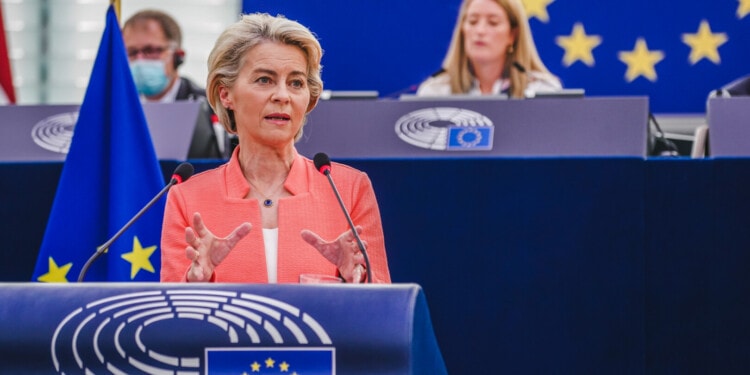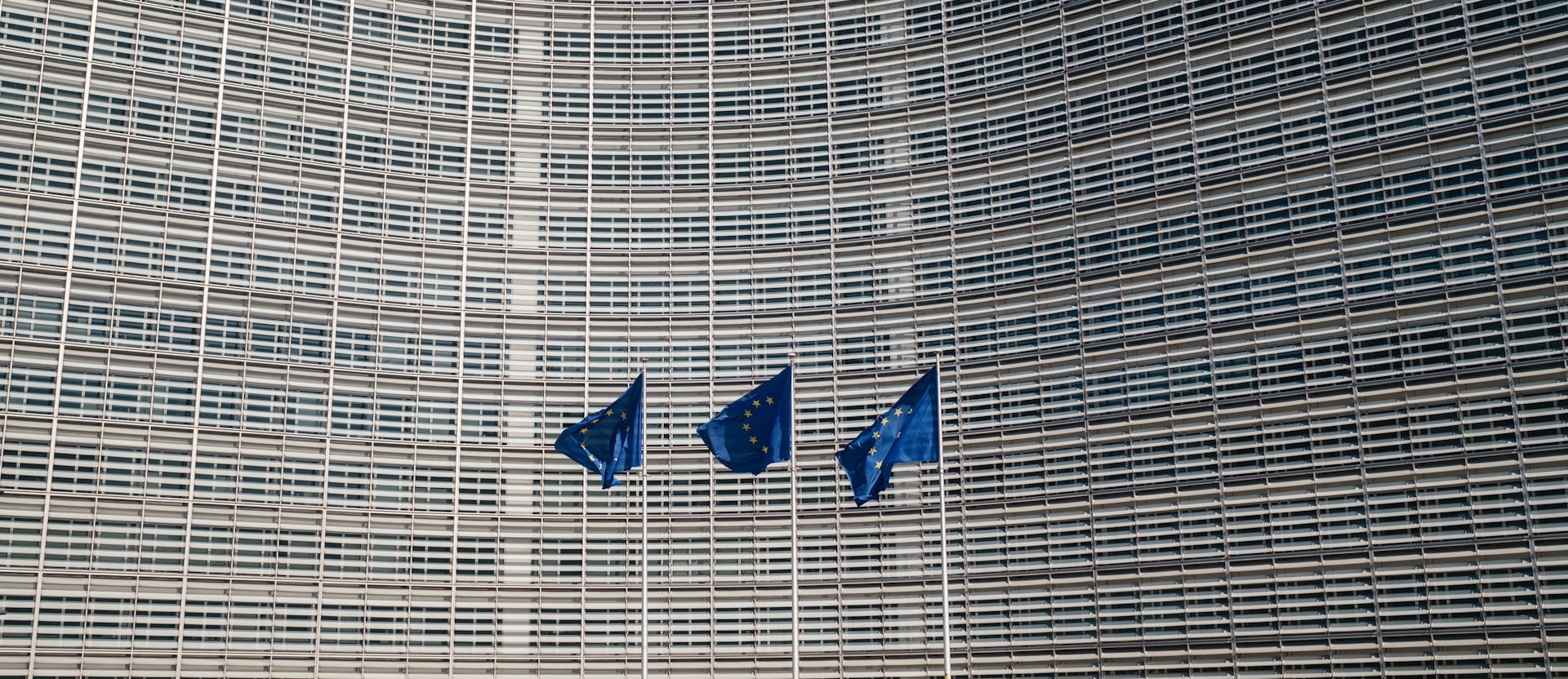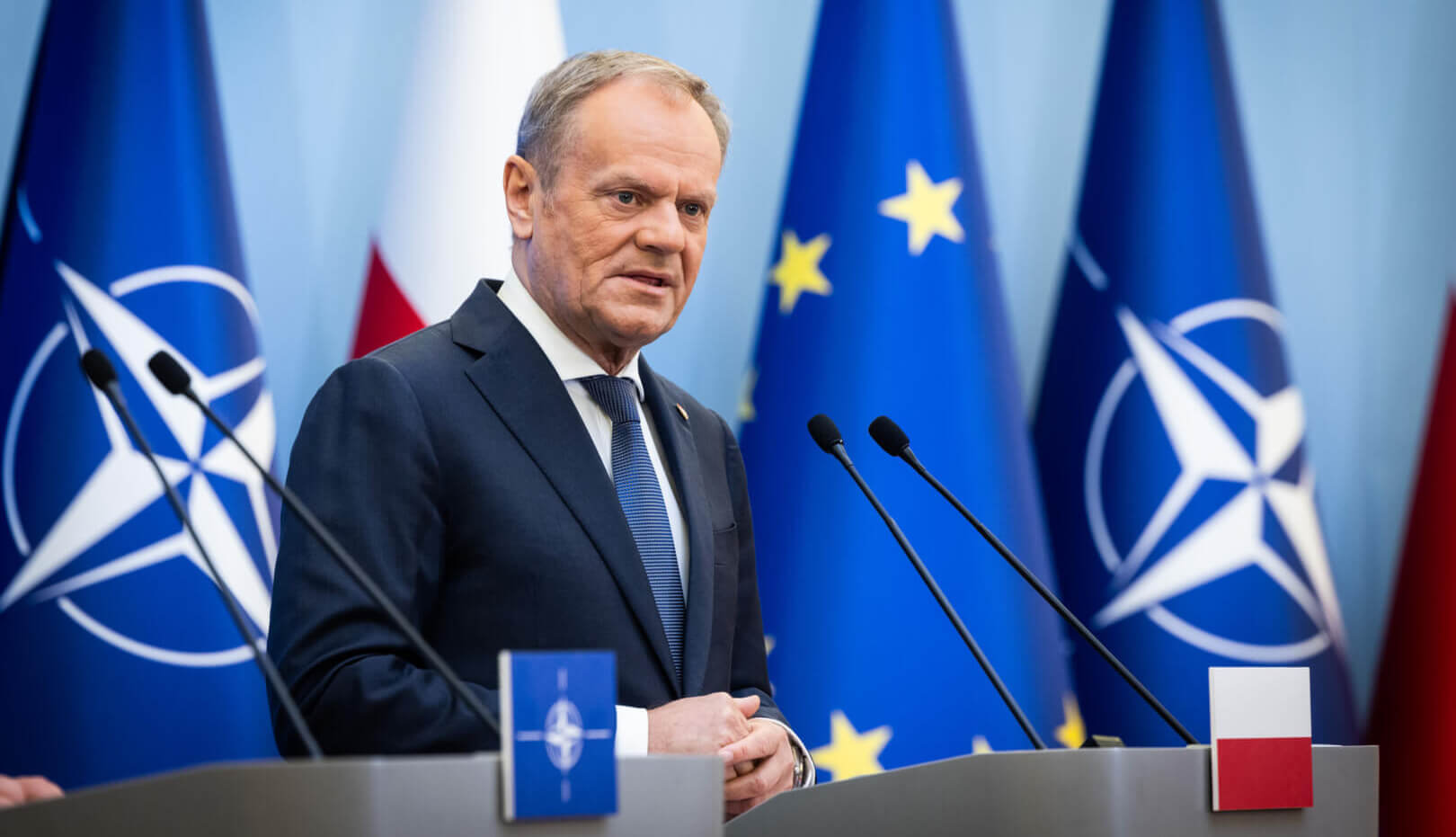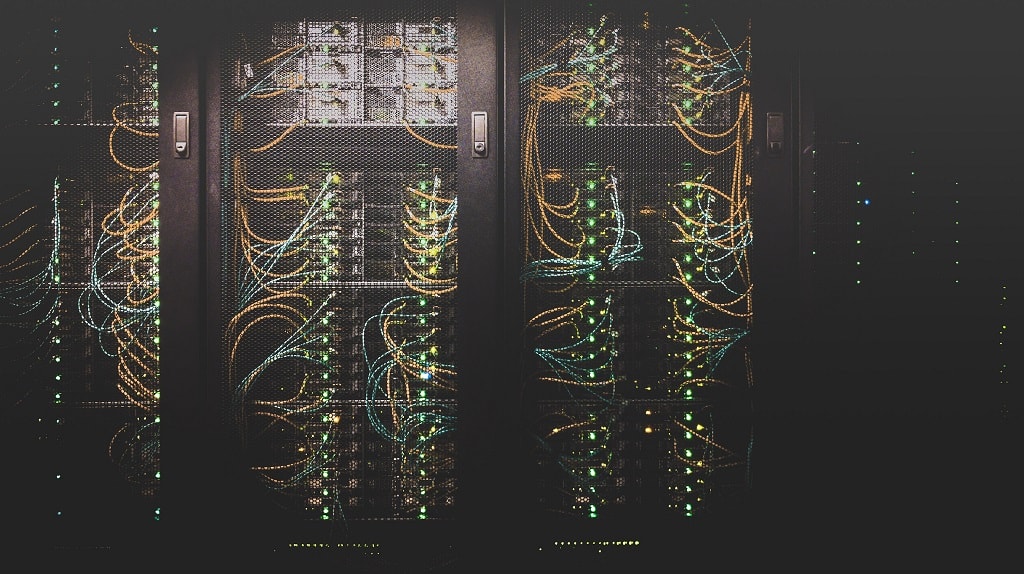On Thursday, the European Commission (EC) and the International Energy Agency (IEA) announced key energy savings actions that would reduce individual energy use and save money in an effort to weaken European Union citizens’ reliance on Russian fuel.
The EC and IEA predict if all EU citizens adopt such actions, they “would save enough oil to fill 120 supertankers and enough natural gas to heat almost 20 million homes.”
The new plans were presented and discussed on Thursday via a live stream virtual event by IEA Executive Director Fatih Birol and EC Director-General for Energy Ditte Juul Jørgensen.
The new plan — “Playing my part: How to save money, reduce reliance on Russian energy, support Ukraine and help the planet” — was derived from the IEA’s two recent plans — “10 Point Plan to Reduce the European’s Reliance on Russian Natural Gas” and “10 Point Plan to Cut Oil Use.” Unlike the previous plans, the new plan is expected to show “how local and national governments can work with citizens to unlock even more savings.”
What does the new plan outline?
With a focus on citizen impact, the new plan outlines several ways EU citizens can contribute in aiding Ukraine by conducting small energy-saving tasks.
The recommended efforts include turning down the heat and using less air conditioning, working from home when possible to avoid driving, carpooling and using public transportation.
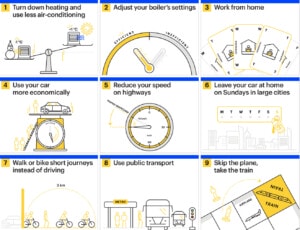
According to the IEA, “turning down the thermostat by just 1 C would save around 7% of the energy used for heating, while setting an air conditioner 1 C warmer could reduce the amount of electricity used by 10%.”
Alongside saving electricity, the IEA states that “working at home three days a week could reduce household fuel bills by around 35 euros a month.”
By following the plan, the average EU citizen is predicted to save close to 500 euros a year.
Yet these “energy-saving actions” don’t just fall on the individual, but depend on corporations and government efforts as well.
The IEA recommends employers actively encourage their employees to tele-network and take train rides, instead of short airplane rides. They also encourage local governments to provide financial incentives for people who abide by the new energy-saving techniques. For instance, reducing the fares for trains and buses and supporting the adoption of solar energy panels, home installation and other fuels for heating.
How will this cut ties with Russian fuel?
Prior to the EC’s goals of reducing dependency on Russian fuel, 40% of all gas in Europe was supplied by Russia.
With almost half of all-natural gas coming from Russia, a big portion of European gas is reliant on the country. Yet with the Ukrainian-Russia War, not only is Europe trying to cut its dependency in order to support the Ukrainian War effort, but also aims to lower the cost of gas for the average EU citizen as gas prices soar with the sanctions placed on Russia.
When the Ukrainian-Russia war first started gas imports had jumped to roughly €600 million per day. Now a month later, this number is expected to be much higher.
The EC has made its motives clear and in the process is taking this opportunity to ramp up the transition to green energy at the same time.
In the last month, the EC and IEA released several different plans to convert to sustainable energy and other alternative energy sources, the most recent one focused on consumer intake.
🌍 On #EarthDay, we pledge to go greener and become climate neutral by 2030.
Being the first EU institution to join the #EUClimatePact, we commit to slash our greenhouse gas emissions by at least 60% by 2030.
Find out more ↓ pic.twitter.com/cHe5KCTG84
— European Commission (@EU_Commission) April 22, 2022
The latest plan predicts if every consumer in Europe takes the recommended steps to reduce their carbon footprint, it would save 220 million barrels of oil a year and roughly 17 billion cubic meters of natural gas — making European reliance on Russian fuel obsolete, that is if everyone follows it.
The EC’s most difficult challenge appears to be two things: (1) how to inspire EU citizens to change and (2) how to transition to sustainable energy sources fast enough without the supply of Russian fuel.
Already, the United States has agreed to ship 15 billion cubic meters of liquified natural gas to Europe by the end of this year. The goal is to supply 50 billion cubic meters per year of additional gas until 2030, in order to prompt a smooth transition to sustainable energy.
The latest plan also highlighted ways employers and governments can incentivize consumers to make a green switch by lowering the price of public transportation and supporting solar energy.
Clearly, the EC and IEA have taken quick and massive steps when it comes to cutting reliance on Russian fuel. Hopefully, the challenges they face will not be too difficult to surpass in order to move to clean, Russian-free energy.
Editor’s Note: The opinions expressed here by Impakter.com columnists are their own, not those of Impakter.com. — In the Featured Photo: President of the European Commission Ursula von der Leyen giving the State of the Union address on September 15, 2021, in Strasbourg. Source: European Parliament, Flickr.


